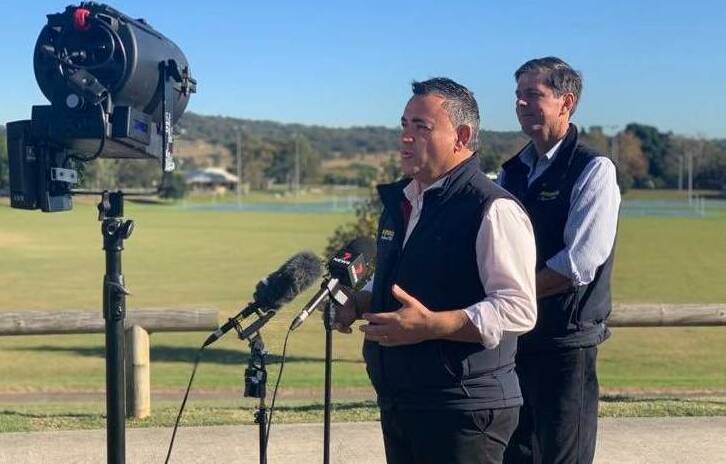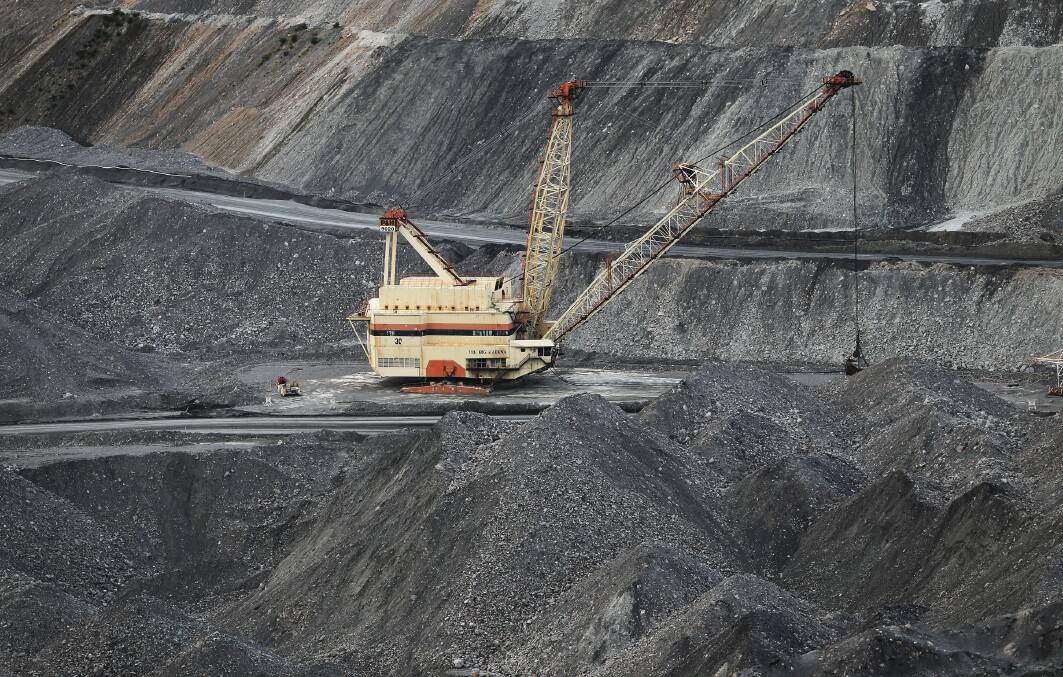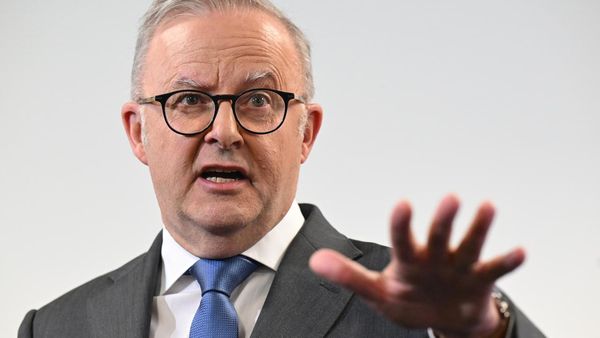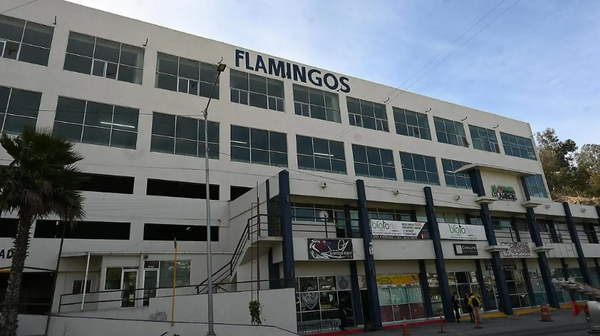
IT'S been labelled by critics as a "spit in the ocean", "spare change", "modest", "a cheap and insulting thought bubble" and "an absolute joke".
But the controversial Royalties for Rejuvenation fund, announced last year by the NSW Coalition in its bid to win the Upper Hunter byelection, will be the key vehicle to drive change in coal-reliant regions across NSW after amendments to mining legislation won support in parliament this week.
But already a massive tug-of-war has broken out over what areas will be eligible to access the $25 million annual fund and how it will operate.
A government insider told the Newcastle Herald there were a "huge amount" of stakeholder angst and interest groups vying for input into the establishment of the fund, resulting in significant changes to way it will operate.
"It's a titanic issue that is so far underfunded, so there are groups from everywhere wanting to have their say in an effort to make sure they get a piece of the action. No one wants to be left out in the cold on this one because the stakes are so high," he said.
Upper Hunter MP Dave Layzell (Nats) said he initially understood the fund was designed for coal-dependent communities like the Upper Hunter, not that the Hunter's portion would be spread across the whole region and the Central Coast.
Mr Layzell said he was "in this" for Singleton and Muswellbrook, but the government had to negotiate to get the legislation passed.
"The fund originally was focused on those communities, those local economies, that are highly leveraged on coal mining," he said.
"It was not necessarily about coal miners, and where they come from, but about those communities that are leveraged in coal and we have got to find other industries for those people to work in."
The Mining and Petroleum Legislation Amendment Bill, which sets out how the fund will operate, states it will "alleviate economic impacts in affected coal mining regions caused by a move away from coal mining by supporting other economic diversification in those regions, including by the funding of infrastructure, services, programs and other activities".
When Royalties for Rejuvenation was announced by then deputy premier John Barilaro during the Upper Hunter byelection, he said it was to assist "coal mining communities".

He said the government would set up a "statutory expert panel made up of community organisations from across the Hunter to plan for the future and be at the heart of decision-making around the NSW government's Royalties for Rejuvenation Fund".
The legislation now allows for a number of expert panels to oversee individual coal regions across NSW.
Mr Layzell said there would be "absolute chaos" and "economic devastation", particularly in Muswellbrook, if coal mining jobs go and there was no long-term plan to replace them.
He said there was an argument that it was better to have some new industries developed in other parts of the Hunter and Central Coast, so workers who live in those areas don't have to travel to the valley.
"It's a completely logical argument ... but I was hoping for a lot more focus on communities and local economies that are addicted to coal mining, it's probably been now focused on a lot more regions where coal miners live and looking after those areas as well," he said.
At the same time, many are warning that the fund - which will siphon $25 million a year off the amount collected by the NSW government from mining royalties - is nowhere near enough to tackle the issues faced by coal towns looking to diversify.
In 2019-2020, coal royalties raised $1.5 billion for the state government - the Hunter's coal kicking in nearly $727 million.
Experts warn that without intervention, the Upper Hunter's narrow economy is set to teeter, hingeing on the fortune of its major employer, the coal mining industry.
According to analysis by REMPLAN Economy, mining contributes more than 73 per cent, or $11.1 billion, of Singleton's economic output and employs 6626 people, representing 40 per cent of the town's jobs.
The industry contributes $960 million a year in wages and salaries, accounting for about half of the money in workers' pockets.
Mining accounts for $5.2 billion, or 60 per cent, of Muswellbrook's economic output. It's also the largest employer accounting for more than 30 per cent, or 3120, of the town's jobs.
The data also reveals that the Upper Hunter accounts for about 20 per cent of the region's economic output.
Lake Macquarie MP Greg Piper (Ind), who was involved with Sydney MP Alex Greenwich (Ind), in lobbying for more transparency and accountability in how the fund works said it was time the government took the global shift away from coal seriously.
"Whether or not people believe in climate change is not really relevant when the market moves anyway. We need to make absolutely sure that we look after the communities that have been looking after our state for many years."
While applauding the government's work in establishing Royalties for Rejuvenation, Mr Piper said it was desperately underfunded. "The reality is $25 million is not a lot of money. It's certainly not enough, but it's a start."
The Mining and Energy Union described the fund as "a piddling amount", "spare change" and a "cheap and insulting thought bubble". Greens MP Abigail Boyd joined the criticism describing the annual $25 million commitment as "an absolute joke", "measly" and a "slap in the face".
Cessnock MP Clayton Barr (Labor) said when the fund was announced leading up to the byelection, he thought it was a "bucket of money" for the Upper Hunter.
"It is just a spit in the ocean," he said. "In Germany they pledged $44 billion to help regions transition from coalmining."
Speaking about issues in Cessnock following its transition away from being coal dependent, Mr Barr said the key to the Upper Hunter's future was education.
He said mining communities traditionally ranked among the worst for residents pursuing education after school, but the days of getting an unskilled, good-paying job in the mines that would see workers through to retirement were gone.
"We may well still be mining in the next 10, 20 or 30 years, but the number of people working in mining will diminish significantly," he said.
The latest available Census data from 2016 shows about 30 to 34 per cent of people aged 15 and over in Muswellbrook and Singleton finished Year 12 or equivalent. In contrast, that figure is 50 per cent in Newcastle, 60 per cent in Greater Sydney and 52 per cent across NSW.
About 6 to 8 per cent of people aged 15 and over in Muswellbrook and Singleton hold a degree, and another 6 to 7 per cent hold a diploma or advanced diploma. About 26 to 29 per cent hold a certificate-level qualification, through institutions such as TAFE.
In contrast, 16 per cent of people in Newcastle hold a degree, 19 per cent in Greater Sydney and 16 per cent across NSW. About 21 per cent of people in Newcastle hold a certificate, 15 per cent in Greater Sydney and 18 per cent in NSW.







